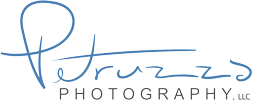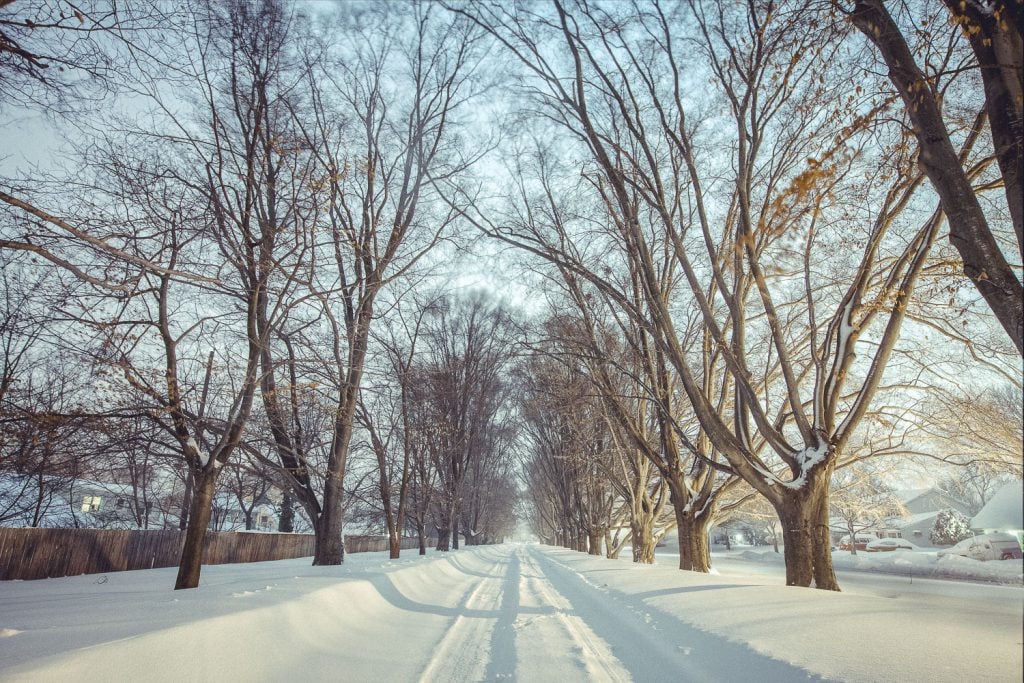What is art? Good luck getting a consistent answer on that. Wondering what makes something art is a human pastime. It’s been redefined for every age. But really, I think it’s just been defined narrowly. When we completely understand something, we’re not allured by it. When something is impossible to understand, we’re angered by it. Art sits in a strange space in the middle, often eliciting strong emotions and often impossible to look away from.
Some claim that art has a definite purpose: Beauty, hope, an expression to help people and culture progress, or to capture big ideas in a way that helps us become attached to them. These definitions, and others like them, falls short when you think of how many works of art have been put in direct opposition to these goals, but are no less art, and no less important. Some art is ugly on purpose. Some art tells us we’re doomed, on purpose; you might not like it and maybe you’re no supposed to.
My definition of art is broad and inclusive, but does have boundaries. My definition rests squarely on the idea of human intention within the activity of creation. If you have intended to create and then you do, you have created art. If you have intended to create, and chose to do so in an unintended way, you have still created art. If you have intended to live in such a way that you create frequently, you are an artist.
For many, it is difficult to separate the art that is admired, from the art that is created. When you look at a beautiful image, you might be tempted to say “this is beautiful art”, but it might just be a picture that is pleasant to look at. Likewise, you might see a painful or frightening image and be tempted to say “this is terrible art!”, but the feeling you’re having might well be exactly what the artist was attempting to invoke. So, in my view, there are at least two sides to art. There is art, the grand idea of intention in creation that draws so many people to become artists. And there is the art as it is perceived by onlookers. Both are valid, good and important, but I find it unfortunate how many artists, and admirers of artistry stir up both into the same pot.
So what does this mean for an artist at a wedding? Or an artist creating your headshots, or family portraits? The more dimensions you can appreciate the work your photographer creates for you, the more powerful it can be in your life. It’s more than a collection of shapes and colors. It’s purpose, intention, interpretation. Layers of meaning and insight.
Pretty pictures, today, are a commodity. They are easier than ever to create by accident. Algorithms can create pretty pictures. A camera with a tripod and a timer can happen to capture some beauty. If you’ve hired a person just to create some pretty pictures for you, you’ve done so because robots aren’t available to do it yet. But more likely, you’ve hired an artist for their intentions and ideas and their concept about how to bring them to life.
The artist’s intentions matter greatly. When an artist is photographing you, they are interpreting you with their art. They are using their artistic intentions to represent you. It’s not an accident and that’s what makes it so important that you get to know and jive with the artist you’ve commissioned. Knowing who your artist is. Knowing about their expressive intentions, deepens the art they create for you, gives it new dimension and meaning, whatever that may be.
You know this is hardly an exhaustive discussion about art and creativity. Perhaps you’d like to fill in some of the gaps we left. Leave a comment, or find us on Twitter! We always love to discuss art.

